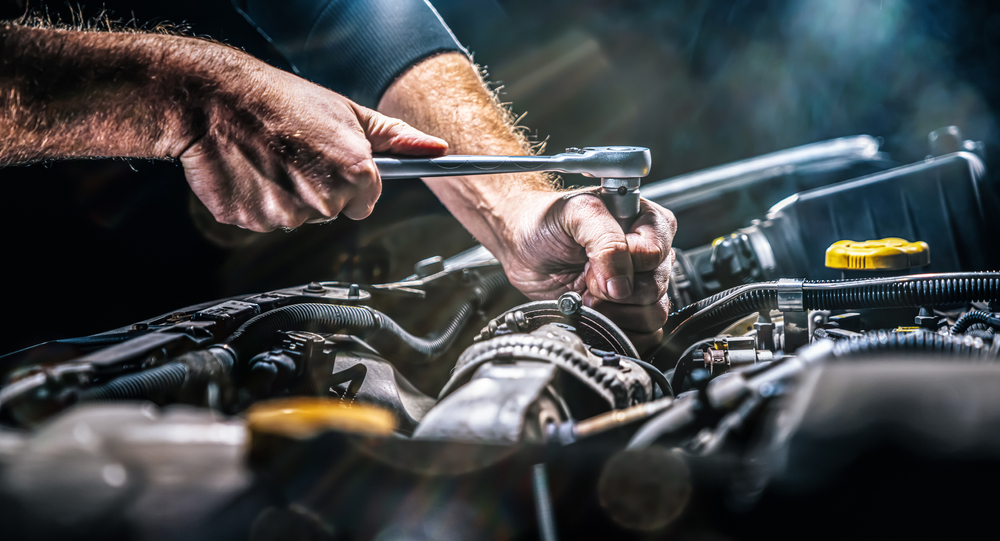As the winter season fades, you can finally start to enjoy driving in warmer weather. However, when you are driving in the winter, chances are the cold weather has done a number on your vehicle components. Therefore, it is wise to do a thorough inspection to prepare your car for spring. Here are the most crucial components to check to make sure your car is ready for spring and summer.

Inspect Your Windshield Wipers
With the return of spring, a careful inspection of the windshield wipers is highly recommended to verify that they are in good working order. Nevertheless, the best thing is to replace them, the cold weather is very harmful for the rubber, which then deteriorates, making the brushes less efficient. Also, remember to change them at the end of the summer.
Take A Look At Your Battery
Take advantage of the return of sunny days to take a look at your battery charge and give it a little boost if necessary. If you were noticing a poor performance during winter, consider buying a new one to avoid any battery failures in the future.
Change Your Oil
Regular oil changes are essential to keep your engine running smoothly, and spring is a great time to do it. A fresh oil change can help improve fuel efficiency, reduce emissions, and extend the life of your engine. Keep your car in its optimum condition with routine oil changes.
Related: Learn more about when your car needs oil changing here.
Switch Out Those Winter Tires
Many car owners think that it is not necessary to change tires in the spring or summer and that they can very well continue driving with winter tires to avoid new expenses. Since winter tires are designed for cold roads, they may deteriorate quicker if the ground exceeds 7 degrees. Change your winter tires with summer or all-season tires from mid-March for your safety and your pocket.
Related: Learn more how when to use all-season and winter tires here.

We’re At Your Service All Season Long
Spring is the perfect time to give your vehicle a tune-up and make sure it’s ready to tackle the changing weather and road conditions. Our team is here to help you make sure that your vehicle is running smoothly and safely all spring long. Give us a call 817-834-2725 at for any assistance and check out our website to see our comprehensive list of services.

















